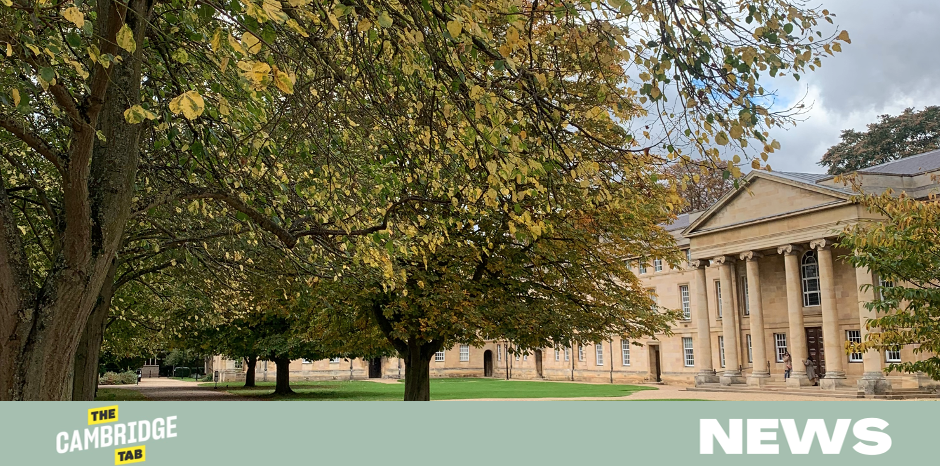
Cambridge University fails to meet all three HESA Widening Participation benchmarks
Benchmarks were missed on state schools, low-participation neighbourhoods, and disabled students
The University of Cambridge has failed to meet all three of the benchmarks for young, full-time undergraduates set by the Higher Education Statistics Agency (HESA) in their Widening Participation Performance Indicators 2019/20. These three benchmarks include increasing intake from state schools, low participation neighbourhoods, and those in receipt of Disabled Student’s Allowance.
The purpose of this study is to “provide an objective measure of how the UK higher education (HE) sector is performing”, using data from 2015/16 to 2019/20. The HESA website claims that they are the “experts in UK higher education data, and the designated data body for England”.
According to the HESA data, Cambridge failed to meet the benchmark of 74.2% state school intake by 5.1%, sitting at 69.1%. Although Cambridge did record its highest state school intake this year, with state school students expected to make up between 71 and 72% of intake, this still sits below the benchmark.
As well as this, Cambridge is among 20 other Russell Group Universities that failed to meet the benchmark for intake from low participation neighbourhoods. HESA set this standard at 5.5%, whereas Cambridge only took in 4.7%, meaning they were 0.8% short of the target.
The university also failed to take in enough students in receipt of Disabled Students Allowance (DSA), missing the 5.2% benchmark by 1.3%.
A spokesperson for University of Cambridge told The Tab: “The HESA benchmarks don’t take into account Cambridge’s specific context (e.g. very high entry levels), and are therefore of limited value in assessing progress.
“The University exceeded all 5 of its widening participation targets for the most recent (19/20) Access and Participation Plan monitoring return, which is far more relevant, as these are considered, evidence-based targets agreed with the Office for Students.”
Featured image credit: Hannah Huang









































